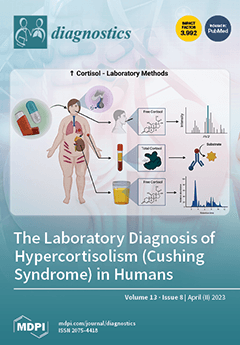We assessed whether there are differences in the diagnostic yield and safety of serial pancreatic juice aspiration cytologic examination (SPACE) among different indications. We retrospectively analyzed 226 patients who underwent SPACE. They were classified into group A (patients with pancreatic masses, including advanced adenocarcinoma, sclerosing pancreatitis, or autoimmune pancreatitis), group B (suspicious pancreatic carcinoma patients without obvious pancreatic masses, including small pancreatic carcinoma, carcinoma in situ, or benign pancreatic duct stenosis), and group C (intraductal papillary mucinous neoplasm, IPMN). There were 41, 66, and 119 patients, with malignancy diagnosed in 29, 14, and 22 patients, in groups A, B, and C, respectively. The sensitivity, specificity, positive predictive value, negative predictive value, and accuracy were 69%, 100%, 100%, 57%, and 78% in group A; 79%, 98%, 92%, 94%, and 94% in group B; and 27%, 87%, 32%, 84%, and 76% in group C, respectively. PEP was observed in three (7.3%), three (4.5%), and fifteen (13%) patients in group A, B, and C, respectively (
p = 0.20). SPACE is useful and safe in patients with suspicious small pancreatic carcinoma. However, it has limited efficacy and might not be recommended in patients with IPMN because of the high frequency of PEP.
Full article


